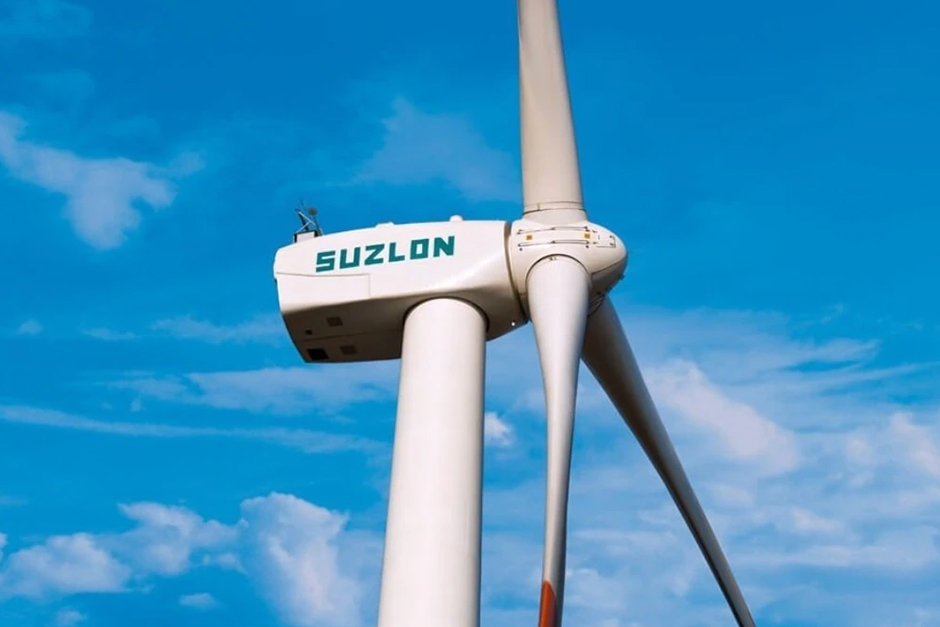Suzlon Energy, once a poster child for India’s renewable energy ambitions that spiralled into a debt-laden crisis, had staged a phoenix-like comeback, captivating investors with a spectacular multibagger rally. From penny stock levels, it soared, fueled by a renewed focus on operational efficiency, debt reduction, and a burgeoning order book. However, the wind seems to have been knocked out of its sails recently, with the stock slipping over 30% from its peak despite strong financial performance and a seemingly more rational P/E ratio. This intriguing paradox leaves many market observers pondering: what’s ailing Suzlon?
The Resurgent Wind: A Remarkable Turnaround Story
Suzlon’s journey from the brink of collapse to its recent high-flying status is truly compelling. Under the leadership of the late Tulsi Tanti, and now his brother Vinod Tanti, the company meticulously shed its massive debt, streamlined operations, and recalibrated its strategy to focus on India’s burgeoning renewable energy sector. The numbers speak volumes: the company achieved net debt-free status, reported successive quarters of profitability, and secured a robust order book. For instance, the company recently announced significant new orders for its wind turbine generators, underscoring strong demand and its competitive position in the market.
This operational fortitude, coupled with India’s aggressive push towards 500 GW of non-fossil fuel capacity by 2030, created a perfect storm for Suzlon’s resurgence. Investors flocked to the stock, betting on its pivotal role in the green energy transition, transforming it into one of the most talked-about multibagger stocks of recent times. The narrative was clear: a turnaround story in a sunrise sector, driven by strong fundamentals and government support.
When the Rally Stalls: Examining the Recent Downturn
Despite the positive fundamental backdrop, Suzlon’s stock has witnessed a significant correction, sliding nearly 30% from its 52-week high. While some might attribute this to broader market volatility, especially in the mid-cap and small-cap segments, several factors could be at play specific to Suzlon:
Valuation Check and Profit Booking
Even with soaring profits, the preceding rally was steep, perhaps baking in a significant portion of future growth. While the P/E ratio might have moderated from its euphoric peaks, it could still be perceived as elevated by a segment of investors, prompting profit-booking. After such a massive run, a natural consolidation or correction often occurs as investors lock in gains, irrespective of continued positive news flow.
Execution Challenges and Order Book Conversion
While a strong order book is undoubtedly a positive, the market’s attention inevitably shifts to execution capabilities. Converting these orders into revenue and profits efficiently, especially in a sector that can be sensitive to project delays, land acquisition challenges, and supply chain disruptions, remains crucial. Any perceived slowdown or potential hurdles in project implementation could trigger investor caution.
An independent market analyst, commenting on the situation, noted, “Suzlon has done an incredible job cleaning up its balance sheet and securing new orders. However, the market is now scrutinizing their ability to execute these large projects on time and within budget, especially given the scale of their ambitions. Valuation concerns, even if P/E ratios have cooled, often precede a healthy correction after a prolonged bull run.“
Lingering Market Sentiment and Competition
Despite the improved financial health, some investors might still carry residual caution from Suzlon’s past struggles. Additionally, the renewable energy sector, while promising, is also becoming increasingly competitive. New players and established firms are vying for market share, potentially putting pressure on margins and project timelines.
The Road Ahead: Navigating Volatility
Suzlon’s recent stock performance highlights the inherent volatility of high-growth sectors and the complex interplay between fundamentals and market sentiment. While the company’s turnaround has been undeniably impressive, and the long-term outlook for renewable energy in India remains robust, short-term corrections are a natural part of the market cycle.
For Suzlon, maintaining transparency, consistently delivering on its order book, and demonstrating sustained profitability will be key to regaining investor confidence and sustaining its upward trajectory. The company’s fundamental story of being a debt-free leader in a critical growth sector remains intact, but navigating investor expectations and market dynamics will define its journey from here.




